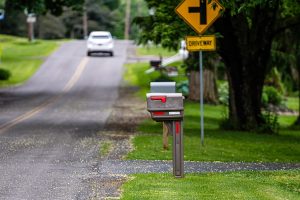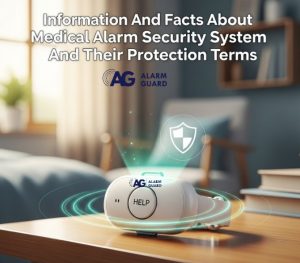Neighborhood Safety Programs
Attention to neighborhood safety not only reduces crime but also brings citizens together. In neighborhoods around the country, volunteers are teaming up with their local law enforcement agencies to help make their communities safer. The more people that are informed and alert about crime prevention, the less opportunity there is for burglary, vandalism, kidnapping or other neighborhood crimes to occur. If members of your community are interested in staring a neighborhood safety program in your area, there are many strategies you can employ to make your program more successful.
First, you should research facts about crime in your neighborhood. Examine police reports and local newspapers to get a better understanding about the types of crimes that are prevalent in your area. Also, ask your neighbors about their perception of your neighborhood’s safety. This way, you can gear your program toward addressing the issues that your neighbors are most dissatisfied about.
The more members of your community that participate in the neighborhood safety program the more effective it will be. You could go door-to-door telling neighbors about the new program and asking them to volunteer. If your community communicates through a newsletter or has meetings, use these tools in order to spread the word about the safety program.
Partnering with your local police department not only gives credibility to your neighborhood safety program, but it is also provides a source of critical information and possibly training. The police will already have an understanding of the types of typical crimes in your area and can give you better insight on how these crimes could have been prevented. Also, they will be able to instruct members of your neighborhood program on how to respond if a crime does occur.
Your neighborhood safety program should facilitate an ongoing discussion between neighbors on how to improve its strategies and activities. In addition to neighborhood meetings, the vast number of internet tools makes it even easier for residents to participate. For example, you could create a webpage, forum, blog or even Facebook and Twitter accounts for your neighborhood safety program. Not only are these strategies cost effective, they give residents an accessible opportunity to come together to discuss neighborhood safety.





